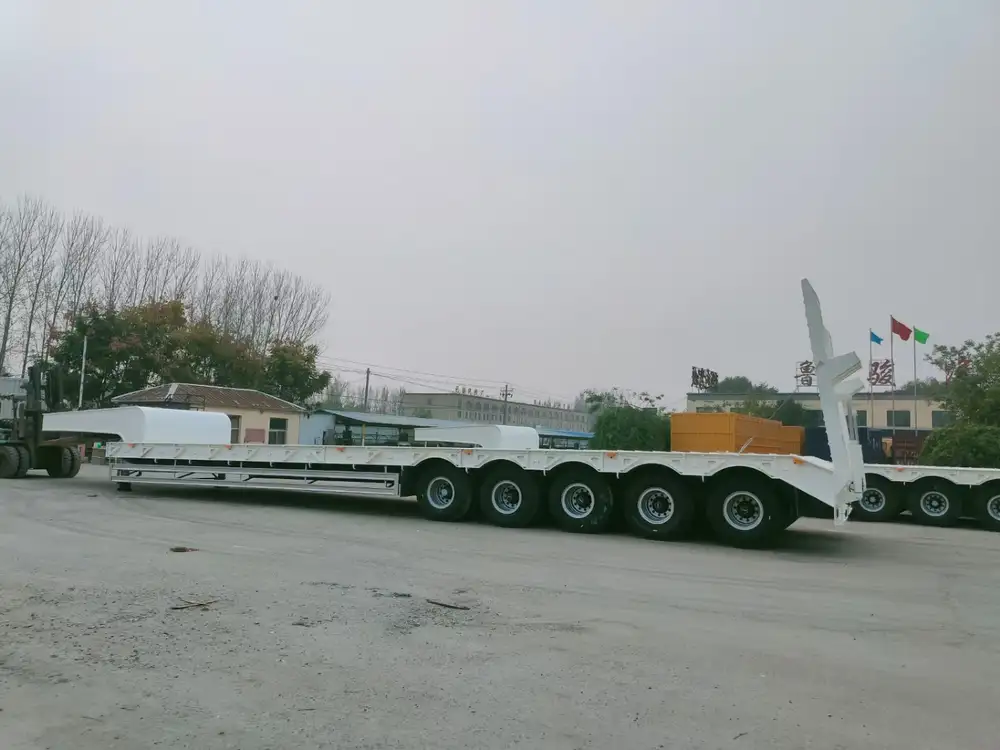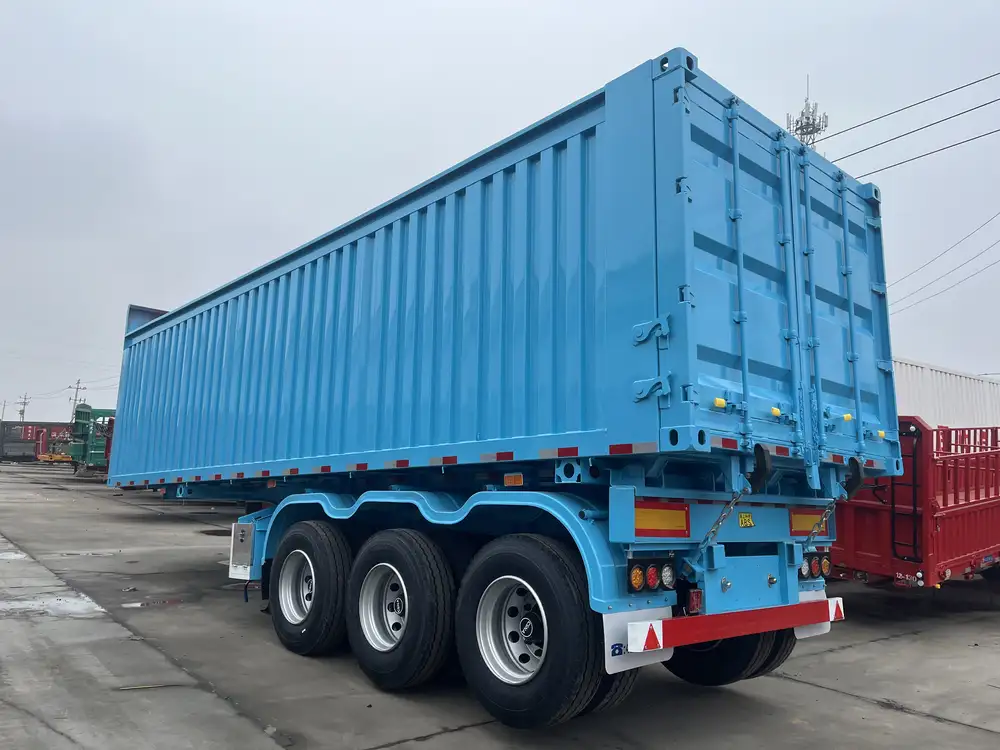Moving dirt can often be a challenging and cumbersome task, especially when the traditional method of using a dump trailer isn’t an option. As seasoned professionals in the realm of earth moving, we understand the intricacies involved in this task. In this comprehensive guide, we will discuss various techniques and tools that can be employed to move dirt effectively without the reliance on a dump trailer.
Understanding the Challenge: Why Avoid a Dump Trailer?
Before delving into alternative methods, it’s crucial to understand the need for versatility in dirt moving:
Limited Equipment Access: In certain job sites, space constraints may prevent the use of larger vehicles or trailers.
Cost Considerations: Renting or maintaining a dump trailer comes with expenses that may not fit within the budget for small-scale projects.
Terrain Compatibility: Not all locations are suited for trailers or larger trucks due to access paths and ground conditions.
Pros and Cons of Moving Dirt Without a Dump Trailer
| Method | Pros | Cons |
|---|---|---|
| Manual Labor | Low cost; no equipment needed | Time-consuming; physically demanding |
| Wheelbarrows | Great for small areas; highly maneuverable | Limited capacity; can be tedious |
| Skid Steer or Mini Excavator | Efficient for various terrains; versatile | Requires investment in machinery |
| Conveyor Belts | Continuous dirt movement; good for lengthy distances | Needs setup; can be costly |
| Bobcat or Small Loader | Quick and effective; suitable for diverse applications | More expensive than manual methods |

1. Manual Labor: The Classic Approach
Perhaps the most straightforward method of moving dirt is through manual labor, particularly when it involves smaller amounts of material. Although it demands a significant amount of effort and time, it is quite effective and manageable with a team.
Techniques for Efficient Manual Dirt Movement
Shoveling: The quintessential tool for moving dirt. Utilize a shovel with an appropriate blade size for different types of soils.
Raking: Helps level the dirt post-transport, making it easier to either spread or pile.
Tamping: If you’re depositing dirt, using a tamper can help settle the soil to prevent future sinkage.
Effort Calculation: A single person typically can move about 0.5 cubic yards of dirt per hour when using a shovel, equating to a dedicated day’s work for larger tasks.
2. Wheelbarrows: Versatile Transport
For projects requiring the movement of dirt over moderate distances, wheelbarrows are invaluable. Their design allows for easy maneuverability across uneven terrain.

Choosing the Right Wheelbarrow
- Capacity: Standard wheelbarrows hold about 6 cubic feet of dirt, while larger models can manage up to 10 cubic feet.
- Material: Metal wheelbarrows are more durable for extensive use, while plastic variants are lighter and rust-resistant.
Tips for Efficient Use
Load Smartly: Ensure that it is balanced; overloading can tip the wheelbarrow.
Push, Don’t Pull: This method distributes weight evenly across the wheel, making it easier to navigate obstacles.
3. Mechanical Assistance: Mini Excavators and Skid Steers
When manual labor or wheelbarrows become too cumbersome, utilizing equipment such as mini excavators or skid steers streamlines the process remarkably. These machines are highly adaptable and beneficial in varying terrains.

Benefits of Using Mini Excavators
Precision: They allow for high degrees of control, particularly useful for digging and engaging with pre-defined areas.
Compactness: Ideals for urban settings or tighter spots; they can maneuver easily where larger machines cannot.
Skid Steers: Versatile Powerhouses
Skid steers come with interchangeable attachments which make them incredibly useful for diverse tasks, from digging to grading.
Key Attachments to Consider
| Attachment | Function |
|---|---|
| Bucket | General dirt lifting and transporting |
| Grader Blade | Leveling and spreading dirt |
| Brush Cutter | Clearing brush and obstacles |
| Auger | For drilling holes in the dirt |

4. Conveyor Systems: A Novel Approach
For extensive projects requiring continuous dirt movement, conveyor systems offer an innovative solution. They save time and physical exertion while maintaining constant productivity.
Setting Up a Conveyor System
Design Layout: Plan the layout according to the movement pathway of the dirt — over, under, and around obstacles.
Select the Right Belt: Choose based on the type of material being moved; heavier materials may require reinforced belts.
Anchoring & Safety: Securely anchor the conveyor system to avoid movement while in operation.
Pros and Cons of Conveyor Systems
| Pros | Cons |
|---|---|
| Continuous operation aids in efficiency | Initial setup can be complex |
| Reduces manual labor and fatigue | Requires electricity or generator supply |

5. Utilizing Bobcats: Multifunctional Dirt Movers
Bobcats, a type of skid steer loader, are especially effective when the task necessitates swift dirt movement across expansive areas. They can be fitted with various attachments, allowing for a tailored approach to any job.
Advantages of Bobcats
- Speed: They can move dirt more rapidly than manual options.
- Adaptability: Suitable for different tasks beyond just moving dirt.
When to Use a Bobcat
Large Volume Movement: When dealing with substantial amounts of dirt over long distances.
Rough Terrain: Their design and stability allow them to navigate bumpy or uneven surfaces effectively.

6. Other Considerations: Environmental and Safety Practices
Moving dirt can have environmental repercussions. It’s essential to consider sediment control and erosion prevention strategies.
Effective Erosion Control Methods
- Silt Fences: Effective in preventing sediment from leaving the site.
- Mulching: Applying mulch can reduce erosion and suppress weed growth.
Safety Practices
Wear Appropriate Gear: Ensure you use gloves, sturdy boots, and helmets when using machinery.
Site Assessment: Always assess the job site prior to commencing any work to avoid hazards.

Conclusion: Tailored Dirt Moving Solutions
In conclusion, while dump trailers certainly provide a convenient method for transporting dirt, various alternative techniques offer equally effective solutions depending on your specific needs. Whether through manual labor for small volumes, wheelbarrows for medium loads, or utilizing machinery like mini excavators and bobcats for larger projects, understanding the best practices can streamline the dirt-moving process.
As you embark on your next earth-moving project, remember to consider not only the methodology but also the implications on the environment and safety protocols. Armed with this knowledge, you can tackle even the most formidable dirt-moving challenges with confidence and efficiency.



